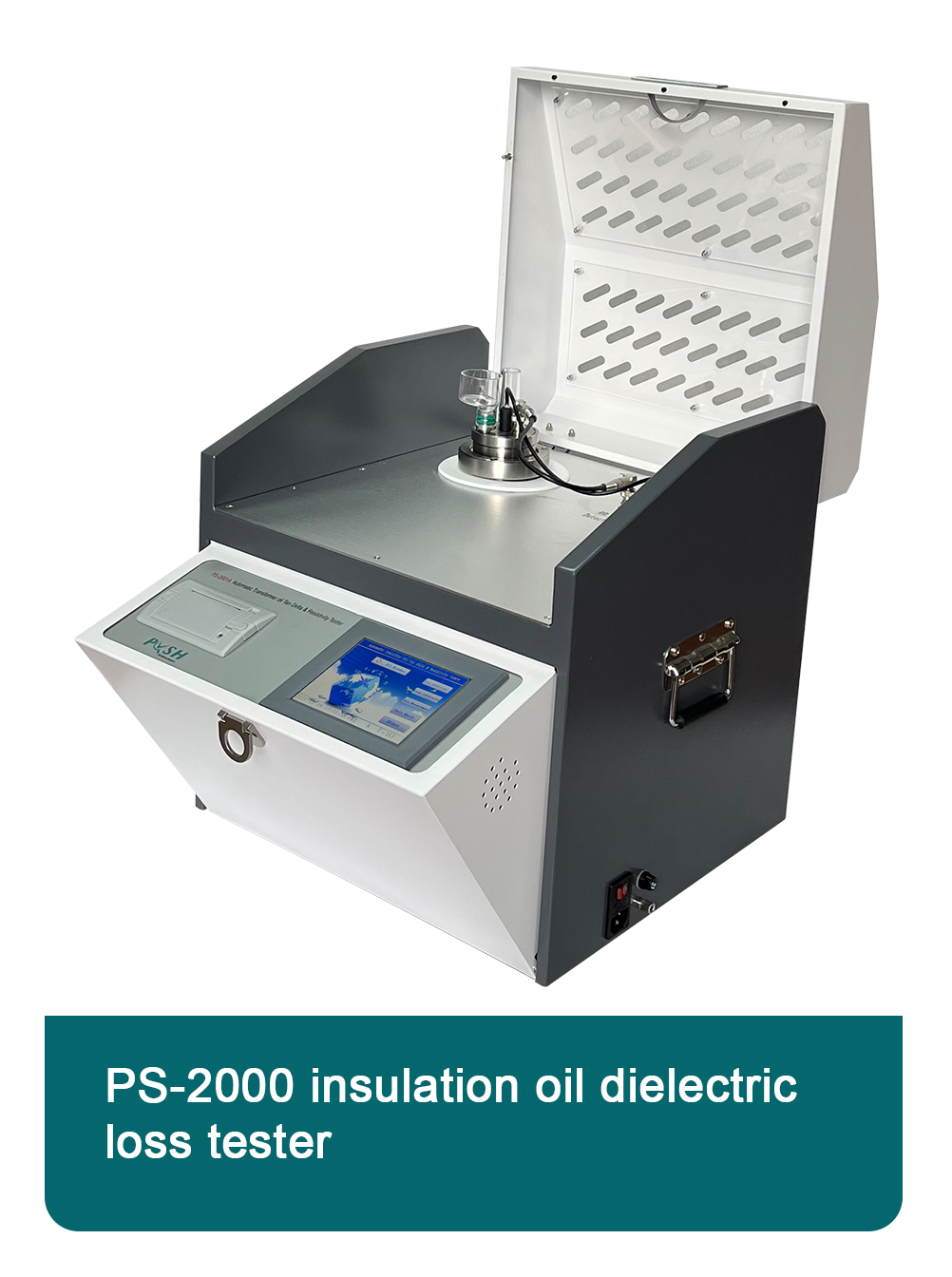 English
English



-
 Afrikaans
Afrikaans -
 Albanian
Albanian -
 Amharic
Amharic -
 Arabic
Arabic -
 Armenian
Armenian -
 Azerbaijani
Azerbaijani -
 Basque
Basque -
 Belarusian
Belarusian -
 Bengali
Bengali -
 Bosnian
Bosnian -
 Bulgarian
Bulgarian -
 Catalan
Catalan -
 Cebuano
Cebuano -
 China
China -
 China (Taiwan)
China (Taiwan) -
 Corsican
Corsican -
 Croatian
Croatian -
 Czech
Czech -
 Danish
Danish -
 Dutch
Dutch -
 English
English -
 Esperanto
Esperanto -
 Estonian
Estonian -
 Finnish
Finnish -
 French
French -
 Frisian
Frisian -
 Galician
Galician -
 Georgian
Georgian -
 German
German -
 Greek
Greek -
 Gujarati
Gujarati -
 Haitian Creole
Haitian Creole -
 hausa
hausa -
 hawaiian
hawaiian -
 Hebrew
Hebrew -
 Hindi
Hindi -
 Miao
Miao -
 Hungarian
Hungarian -
 Icelandic
Icelandic -
 igbo
igbo -
 Indonesian
Indonesian -
 irish
irish -
 Italian
Italian -
 Japanese
Japanese -
 Javanese
Javanese -
 Kannada
Kannada -
 kazakh
kazakh -
 Khmer
Khmer -
 Rwandese
Rwandese -
 Korean
Korean -
 Kurdish
Kurdish -
 Kyrgyz
Kyrgyz -
 Lao
Lao -
 Latin
Latin -
 Latvian
Latvian -
 Lithuanian
Lithuanian -
 Luxembourgish
Luxembourgish -
 Macedonian
Macedonian -
 Malgashi
Malgashi -
 Malay
Malay -
 Malayalam
Malayalam -
 Maltese
Maltese -
 Maori
Maori -
 Marathi
Marathi -
 Mongolian
Mongolian -
 Myanmar
Myanmar -
 Nepali
Nepali -
 Norwegian
Norwegian -
 Norwegian
Norwegian -
 Occitan
Occitan -
 Pashto
Pashto -
 Persian
Persian -
 Polish
Polish -
 Portuguese
Portuguese -
 Punjabi
Punjabi -
 Romanian
Romanian -
 Russian
Russian -
 Samoan
Samoan -
 Scottish Gaelic
Scottish Gaelic -
 Serbian
Serbian -
 Sesotho
Sesotho -
 Shona
Shona -
 Sindhi
Sindhi -
 Sinhala
Sinhala -
 Slovak
Slovak -
 Slovenian
Slovenian -
 Somali
Somali -
 Spanish
Spanish -
 Sundanese
Sundanese -
 Swahili
Swahili -
 Swedish
Swedish -
 Tagalog
Tagalog -
 Tajik
Tajik -
 Tamil
Tamil -
 Tatar
Tatar -
 Telugu
Telugu -
 Thai
Thai -
 Turkish
Turkish -
 Turkmen
Turkmen -
 Ukrainian
Ukrainian -
 Urdu
Urdu -
 Uighur
Uighur -
 Uzbek
Uzbek -
 Vietnamese
Vietnamese -
 Welsh
Welsh -
 Bantu
Bantu -
 Yiddish
Yiddish -
 Yoruba
Yoruba -
 Zulu
Zulu
transformer turns ratio test pdf
Understanding Transformer Turns Ratio Testing
Transformer turns ratio (TTR) testing is a fundamental procedure used in the maintenance and diagnostic evaluation of transformers. This testing method assesses the ratio of the number of turns in the primary winding to that in the secondary winding. The turns ratio is crucial for determining the proper operation of the transformer and can provide insights into its electrical performance and physical condition.
Importance of TTR Testing
The turns ratio directly influences the voltage levels transferred from the primary to the secondary side of a transformer. A correct turns ratio ensures that the output voltage meets the required specifications for safety and efficiency in electrical systems. Deviations in the turns ratio may indicate significant issues, such as winding shorts, open circuits, or degraded insulation, which can lead to transformer failure if not addressed promptly.
Given the critical role of transformers in power distribution and electrical systems, routine TTR testing is essential for both preventive maintenance and for troubleshooting when performance issues arise. Regular testing can help utility companies and facility managers identify potential problems before they escalate into costly failures.
Testing Procedure
The transformer turns ratio test is typically executed using specialized equipment, such as a TTR tester. The procedure involves the following steps
1. Preparation Before commencing the test, ensure that the transformer is de-energized and that safety protocols are adhered to. It is vital to ground the test equipment properly to prevent electrical hazards.
transformer turns ratio test pdf

2. Connections Connect the TTR tester to the appropriate terminals of the transformer. The tester usually has leads for connecting to the primary and secondary sides of the transformer.
3. Testing Initiate the testing process, where the tester applies a voltage to the primary winding and measures the resulting voltage on the secondary winding. The tester will automatically calculate the turns ratio based on these values.
4. Results Analysis After the test, the results should be compared to the nameplate specifications of the transformer. A proper turns ratio should fall within acceptable limits, typically varying by a small percentage. Discrepancies may require further investigation.
Interpretation of Results
The acceptable range for transformer turns ratios can differ based on transformer design and application. Generally, any significant deviation from the expected ratio (commonly up to ±2% for many transformers) should raise concerns. A higher or lower ratio could signal structural issues within the windings or indicate that the transformer has been rewound incorrectly.
In case of abnormalities in the turns ratio, further diagnostic measures are necessary. Additional tests like insulation resistance testing, power factor testing, or frequency response analysis might be employed to pinpoint the underlying issues.
Conclusion
Transformer turns ratio testing is an essential procedure in the maintenance regimen for electrical systems featuring transformers. By accurately measuring and interpreting the turns ratio, utility companies and engineers can ensure reliable transformer operation, minimize downtime, and enhance safety. Regular TTR testing not only prolongs the life of transformers but also assures that the transformers function efficiently, maintaining the overall stability and reliability of the electrical grid. Given the increasing demand for electricity and the complexity of modern electrical systems, understanding and performing TTR tests is more important than ever.
-
Testing Equipment Industry Sees Major Advancements in 2025: Smart & Precision Technologies Lead the WayNewsJun.06,2025
-
Applications of Direct Current Generators in Renewable Energy SystemsNewsJun.05,2025
-
Hipot Tester Calibration and Accuracy GuidelinesNewsJun.05,2025
-
Digital Circuit Breaker Analyzer Features and BenefitsNewsJun.05,2025
-
Benefits of Real-Time Power Quality Monitoring Devices for Industrial EfficiencyNewsJun.05,2025
-
Earth Fault Loop Testing in High-Rise Building Electrical SystemsNewsJun.05,2025



